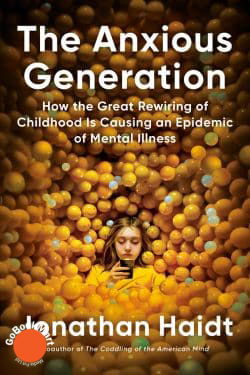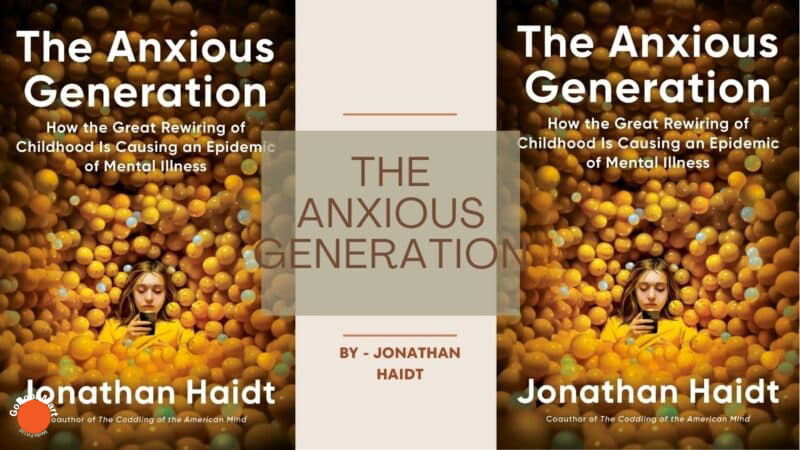Jonathan Haidt’s The Anxious Generation: How the Great Rewiring of Childhood Caused an Epidemic of Mental Illness delves into the profound impact of smartphones and social media on today’s youth. Haidt, a renowned social psychologist, presents a compelling narrative that links the rise of digital technology to escalating mental health issues among adolescents.
Overview of the Book
Haidt argues that the widespread adoption of smartphones and the pervasive influence of social media have fundamentally altered the landscape of childhood. This “great rewiring,” as he terms it, has led to increased rates of anxiety, depression, and other mental health challenges among young people. He emphasizes that the decline of unstructured, unsupervised play and the rise of overprotective parenting have further exacerbated these issues. The combination of reduced real-world interactions and heightened online engagement has created an environment where children are more isolated and vulnerable than ever before.
The Impact of Smartphones and Social Media
Central to Haidt’s thesis is the assertion that smartphones and social media platforms have disrupted traditional childhood experiences. He presents data showing a significant increase in mental health issues correlating with the rise of these technologies. For instance, between 2010 and 2018, rates of teenage depression doubled, and cases of self-harm among girls rose by 188%. Haidt attributes these alarming trends to the isolating nature of digital interactions, where children substitute face-to-face communication with screen time, leading to feelings of loneliness and inadequacy.

The Decline of Free Play and Overprotective Parenting
Haidt also highlights the decline of free, unsupervised play as a critical factor in the mental health crisis. Historically, children developed social skills, resilience, and independence through unstructured play. However, modern parenting trends have shifted towards overprotection, limiting children’s opportunities to engage in risk-taking and problem-solving activities. This overprotectiveness, combined with increased screen time, has deprived children of essential developmental experiences, leaving them ill-equipped to handle challenges and stressors.
Proposed Solutions
In addressing these challenges, Haidt offers several actionable recommendations:
- Delay Smartphone Ownership: Advocates for postponing the introduction of smartphones until high school, allowing children to develop foundational social skills without digital distractions.
- Restrict Social Media Access: Recommends prohibiting social media use until at least age 16, reducing exposure to online pressures and negative influences.
- Implement Phone-Free School Policies: Encourages schools to enforce phone-free environments, promoting in-person interactions and focused learning.
- Promote Unsupervised Play: Urges parents and communities to facilitate safe, unstructured play opportunities, fostering independence and resilience in children.
These strategies aim to restore a balance between technology use and real-world experiences, supporting healthier development for young people.
Reception and Critiques
The Anxious Generation has garnered significant attention and sparked widespread discussion. Prominent figures like Bill Gates have endorsed the book, emphasizing its importance for parents, educators, and policymakers. Gates noted, “The Anxious Generation is a must-read for anyone raising, working with, or teaching young people today.”
However, the book has also faced criticism. Some scholars argue that Haidt’s conclusions may oversimplify complex issues, pointing out that correlation does not necessarily imply causation. They caution against attributing the rise in mental health problems solely to technology, suggesting that other factors, such as economic disparities and educational pressures, may also play significant roles.
Conclusion
Jonathan Haidt’s The Anxious Generation provides a thought-provoking examination of the challenges facing today’s youth in the digital age. While some may debate the extent to which technology is responsible for the mental health crisis, Haidt’s call for a return to balanced, play-based childhoods resonates with many. His insights serve as a valuable starting point for parents, educators, and policymakers seeking to navigate the complexities of raising healthy, well-adjusted children in an increasingly digital world.
Also Read: A Serial Killer’s Guide to Marriage: By Asia Mackay (Book Review)










